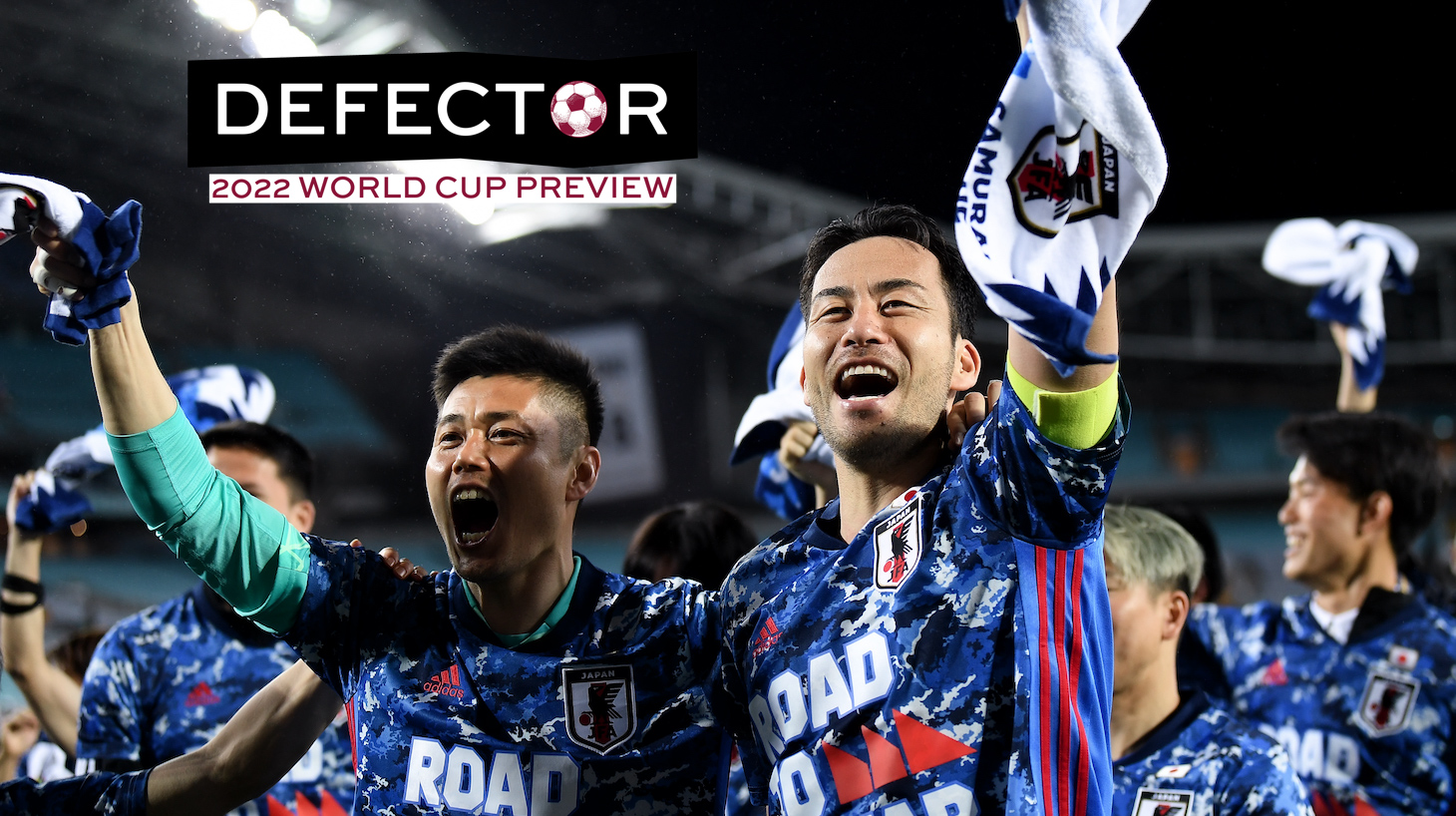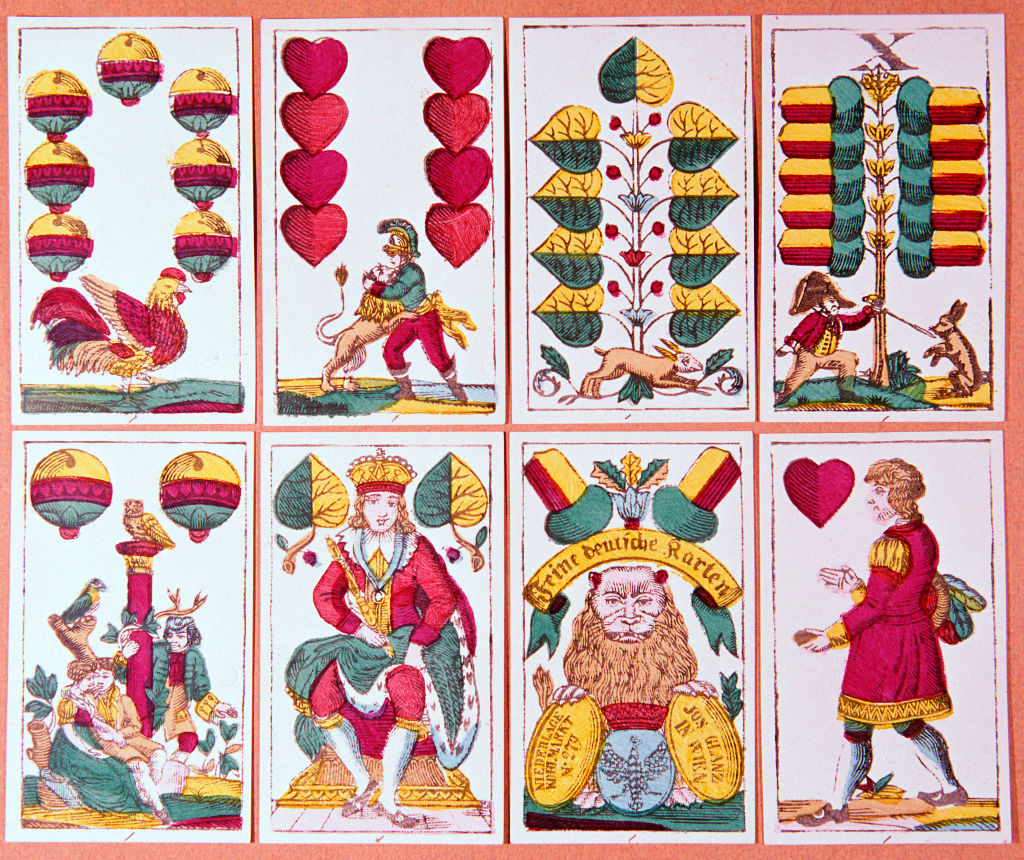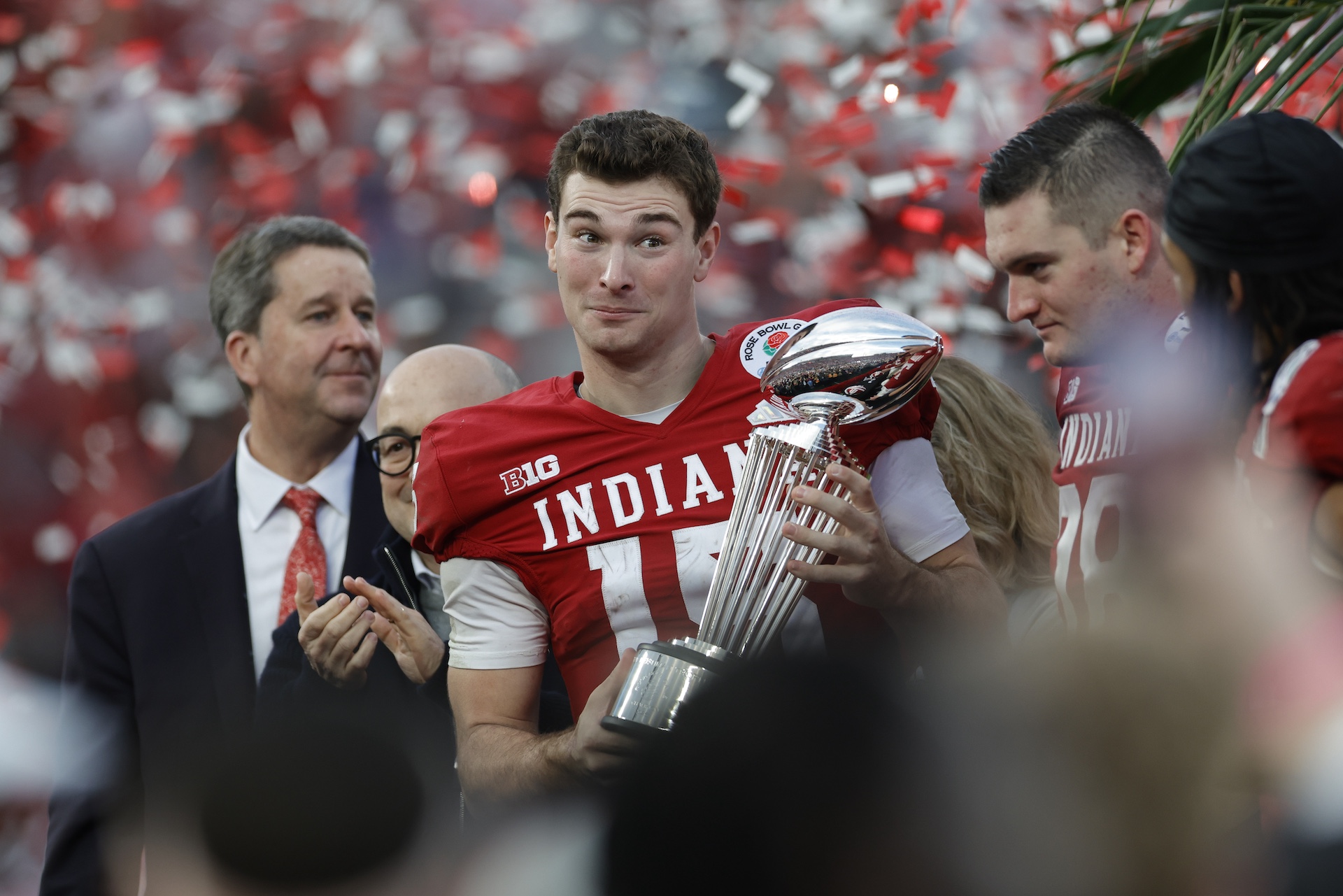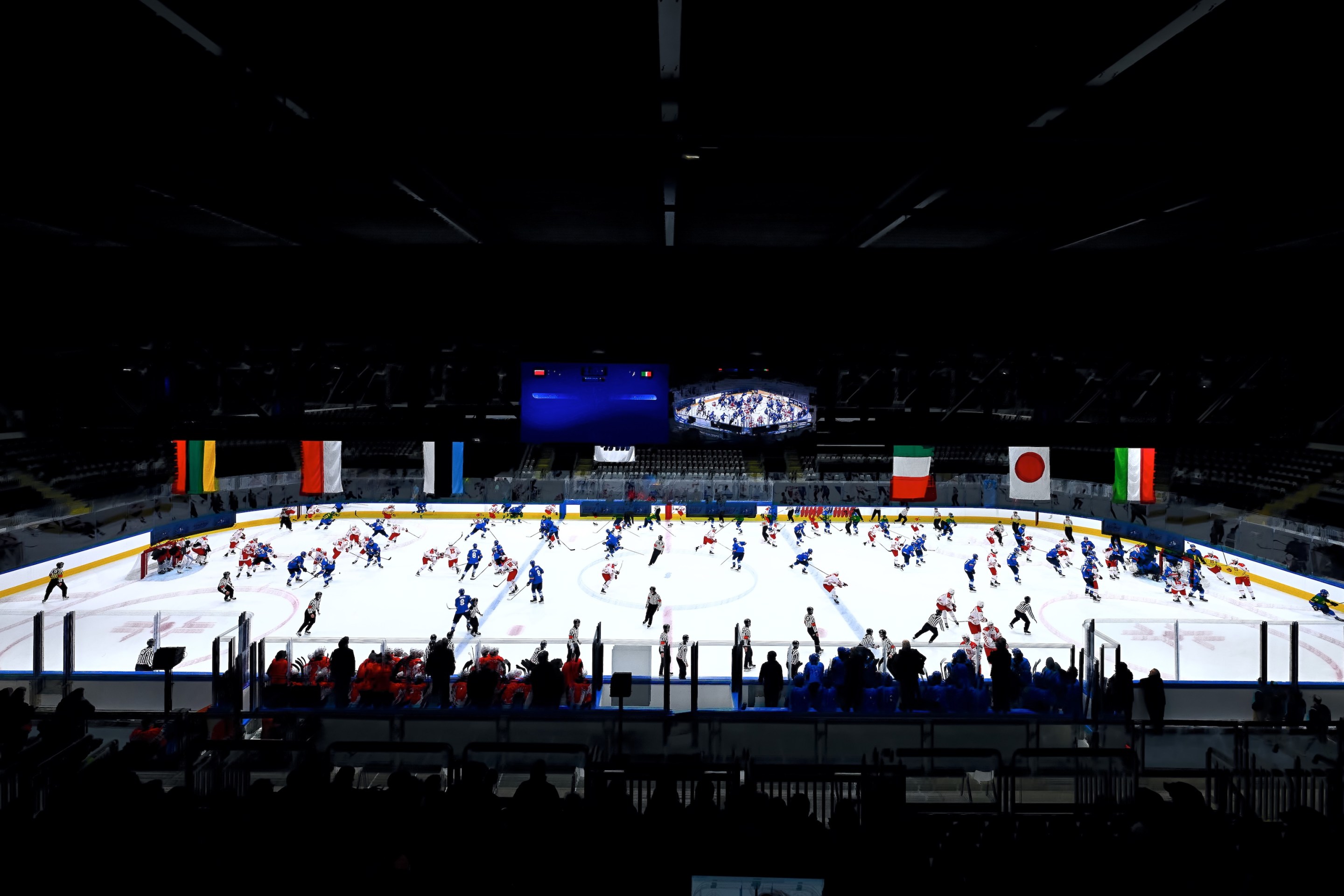It’s almost time for the 2022 World Cup. To help get you ready, we will be providing you with precious information about every team in the tournament. You can read all of our World Cup previews here.
Japan's luck is simply rotten. The Samurai Blue has undergone a dramatic and successful generation change over the years, phasing out the major figures that defined Japanese soccer for the past decade (guys like Shinja Kagawa, Keisuke Honda, and Shinji Okazaki) and replacing them with maybe its most talented and deepest group of players ever. The new blood has experienced only the slightest of growing pains, and ever since a stumble in World Cup qualification midway through the process, Japan has been flying. The roster has an encouraging mix of youth and experience, and the whole team should arrive in Qatar hungry to prove that the new-look Japan is just as good as the old one. And for all that, the Samurai Blue has been rewarded with a punch in the nose, courtesy of their World Cup group draw.
You could make a case that one or two of the World Cup's other groups are more group-of-deathly than Japan's Group E, but none are as top-heavy. Group E features Spain and Germany, two of the 10-ish best national teams in the world, two that not only expect to make it to the knockout stage but treat anything less as an abject failure. When your team is drawn alongside even one of Spain or Germany, your first thought is Welp, that's one of the top two spots taken, I guess we'll be fighting for the second one. When your team pulls both Spain and Germany, you start thinking Welp, four years really isn't so far away, and by then maybe we'll really be ready to so something special.
This is shame for a Japanese team that will bring to Qatar a squad practically tailor-made to find love amongst the soccer hipster crowd. For one, Japan has one of the best kits in the tournament. It's a shirt so pretty it makes you want to pretend to root for Japan just so you can give yourself some tenuous justification for buying it.
Japan's World Cup kit is so slick 🇯🇵 pic.twitter.com/6LViimOl1U
— GOAL (@goal) September 23, 2022
For two, the Samurai Blue squad is positively oozing with the best kind of player: inventive, dribbly young attackers who haven't yet become household names. Guys like Kagawa and Honda were beloved by the hipster set during their peaks for being very good players with very cool playing styles, and this Japan has several candidates to fill their predecessors' roles. Daichi Kamada, Kaoru Mitoma, Takefusa Kubo, Ao Tanaka, Ritsu Doan—these are all exciting, silky, technically proficient attacking midfield types, any one of whom could turn a splashy World Cup into a springboard to newfound stardom. And few things in soccer are better than being smitten by some under-heralded talent during a big tournament and then watching them develop into full-blown stars right before your eyes.
To be clear, it's not like the Japanese have no hope at all. Spain and Germany are indeed much better teams, but neither should be considered one of the tournament's true favorites, and both have demonstrated in recent World Cups the potential to under achieve in major ways. (In 2018 Germany finished last in its group while Spain lost in the round of 16, and in 2014 the Spanish failed to get out of their group.) Japan is fully capable of beating Costa Rica, and will expect to at least make life difficult for both giants of the group in the other two games. Collect three points against Costa Rica, and steal at least one from Spain or Germany, and Japan could very well find itself surviving this group.
But while another date in the round of 16 is possible, it still feels unlikely. As cool as this Japan team is, it is also weak in the areas of the pitch that teams can least afford to be weak: the two penalty boxes. The Japanese goalkeepers aren't very good. (Though shoutout to Daniel Schmidt, who was born in the U.S. to a Japanese mother and a German father.) Their defense has little depth because of a couple key injuries. Their strikers are, well, let's defer a former national teamer:
Former Japan international Tulio on Maeda, Asano and Ueda being called up for the WC: “Terrible, terrible, terrible, if you tossed them in a mixer and created one player they’d still be terrible. They add no fear [to the opponent].” #SamuraiBlue pic.twitter.com/eVjCarciKN
— J. Football Now (@j_football_now) November 9, 2022
Japan lacks a reliable scorer, and is not especially strong at keeping goals out of their own net. World Cups are littered with flowing teams that impress with everything they can do between the penalty areas but are ultimately doomed by their inability to control what happens inside those areas. And big teams like Spain and Germany love to punish failures inside the penalty box.
In the final analysis, 2022 is probably a bit too soon for Japan. Though the squad has remarkable depth in the middle of the field, it still lacks the undisputed focal figures of the previous generation, and it'll take time to determine which (and if any) of those many talented attackers reaches Kagawa's and Honda's heights. Japan also needs to develop a few more goal-stoppers and goal-scorers in the form of keepers, central defenders, and center forwards. By the next World Cup, maybe Mitoma and Kubo will be polished stars, and Yuta Nakayama will be healthy, and Shuto Machino will have come to Europe and developed into a killer striker. You can see glimpses of a truly strong Japan in the future of this one. Hopefully that promising future is enough to satisfy Japanese fans, because the present looks to be a struggle, mostly thanks to the rotten luck of the draw.
Who Is Their Main Guy?
Daichi Kamada is a drifter. His primary skill is his subtle movement, the way he ambles about and avoids detection and always, always winds up in the right place at the right time. Without the ball, he just sort of drifts around the pitch, slipping between opposing players who don't notice his presence until the ball comes to him in a place the defense would rather he not be. With the ball and at last on the opposition's radar, he casually floats away from his harassers, each precise, feathery touch of the ball easing him just out of reach of the impeding legs, until he has gotten close enough to the goal to either shoot or play a threatening pass. Kamada's game is unhurried, understated, and efficient. Which does not prevent him from being utterly deadly in his quiet way.
The 26-year-old is in the midst of a career-defining season in Germany, where he plays for Eintracht Frankfurt. Though he's previously been well-established as a reliable source of intelligent decision-making, clarifying play, and goals from an advanced, attack-midfield position, this year Kamada has taken things to a higher level by dropping lower. Eintracht manager Oliver Glasner has delayed Kamada's positioning, dragging him back from his customary No. 10 position and putting him deeper in a double pivot. The change has greatly amplified Kamada's talents. The Japanese midfielder now exerts even more influence on his team's play by intervening right at the beginning of moves, imposing the pace and direction of play where he sees fit, and guiding things along with his trademark pattern: drift, receive, pass, drift, receive, drift, pass, drift, receive, shoot. And rather than curtail his direct goal contributions, Kamada's deeper position has only made him more of a threat: In 18 matches in both the Bundesliga and Champions league, Kamada has amassed 10 goals and three assists.
In contrast to his new role with Eintracht, Kamada plays a more forward-minded game with Japan. This is because, to again quote former Japan international Tulio, the Samurai Blue's strikers are "terrible." Kamada is Japan's most consistent goal threat, thanks to his knack for making well-timed late runs into the box. As such, he is asked to get forward as much as possible with the national team. He typically plays as a No. 10 with Japan, and he has at times been asked to play as an out-and-out striker. Kamada's influence is too great to waste with him wrestling with center backs all game, though, so you'll most likely see him in his natural spot behind a true striker, where he can still pull the team's strings from whichever position he's drifted into. It's hard to see Japan having any kind of success in Qatar without Kamada being the one orchestrating it.
Who Is Their Main Non-Scoring Guy?
For many years now, the archetype of the elite fullback was one of those flank-dominating, hard-sprinting, touchline-hugging, play-so-high-they-might-as-well-be-wingers fullbacks—your Jordi Alba and Ashley Cole types. But that trend has begun to change. Nowadays, in response to the need to press high and the risks of being pressed, many big teams prefer more interiorized full backs, those who stay low and narrow to help the defense and midfield circulate the ball, and to be close by to protect their half of the pitch in case of a turnover—fullbacks who more closely resemble midfielders and even center backs than they they do wingers. Takehiro Tomiyasu is a shining example of this kind of modern fullback.
One of the first things to like about Tomiyasu is his versatility. The 24-year-old defender's natural position is center back, but he can play literally anywhere else along a back line: right back, left back, right-sided center back, left-sided center back. It's his smooth running and his total comfort on the ball that make him capable of playing those different positions. At Arsenal now and at Bologna before, he's played most and best as a narrow right back. He might not bomb up and down the pitch like Dani Alves, but when shielding the defense, squiring the midfield, and playing lots of smart passes up and down the pitch, he is a coach's dream.
Naturally, a defense-minded defender is only as good as his defending skills, and Tomiyasu has plenty of those. The man's head is a self-contained anti-air defense system. Hardly anything gets past him when sent aerially, which makes him a force defending crosses and set pieces and also collecting second balls in the middle of the field to maintain or reestablish possession. Tomiyasu is also a proactive defender who makes up for his lack of top-end speed by anticipating what will happen and getting there before the attackers. He's a good tackler, and especially knows how to swoop in for sliding tackles without fouling.
Those defensive attributes will be of particular importance with Japan, where he'll be far and away his team's best pure defender. It's not clear from the outset whether he'll play right or left back, left or right center back in a back four, or any of the center back positions in a back three. But what is for certain is that his defensive prowess will be desperately needed by a Japanese defense whose other members will be old, slow, and/or inexperienced.
Where's The Beef?
Which teams or players does Japan not like? Do Japan's players like each other? We investigate their potential enemies.
As a nation with a deep history of being geopolitically meddlesome and imperialistic, the Japanese have given just about every country in East Asia good reason to dislike them. As is often the case, this historical enmity bleeds over into sports. The Chinese and the Japanese are soccer rivals. The South Koreans and the Japanese are soccer rivals. The North Koreans and the Japanese are soccer rivals. Hell, one of the darkest moments in Japanese soccer history was made possible by the North and South Koreans finding a rare point of agreement: that both dislike the Japanese and would be willing to work together to make them suffer.
But of Japan's regional rivals (I should add Australia to that bunch, born from the two usually competing to be the class of the Asian confederation), only South Korea made it to the World Cup. In theory the two could meet in the quarterfinals, but it would require Japan getting out of the group, South Korea winning its group, and both winning their round of 16 matches. But just in terms of old-timey geopolitical intrigue, Japan will get to have some fun alongside their former fascist buddies, Germany and Spain, in the group stage.
Most Likely To Go David Ospina Or James Rodríguez Mode
Who is Japan's best candidate for a breakout performance that earns them a career-changing transfer? Might this potential post-tournament transfer go well, like when Colombia's James Rodríguez went to Real Madrid after starring in the 2014 World Cup? Or could it go poorly, like when Colombia's David Ospina went to Arsenal after starring in the 2014 World Cup?
The quintessential Ospina/Rodríguez Mode player is one who was at one time or another described as "The [insert nationality] Messi." Not many Next Messis have been as genuinely Messi-like as Takefusa Kubo.
Kubo's resemblance to the Argentine great is readily apparent: he is tiny, fast, and bursting with technique. He loves running at opponents, and he came up through the Barcelona academy. As a young teen, Kubo gained fame as one of the great hopes for both Barcelona and Japan. His effervescence with the ball and his nationality earned him international notoriety long before anyone should know anything about a young athlete. And as usually happens in circumstances like this, Kubo's inability to, like, emerge as a world-class player as a 16-year-old meant his still young career is already marred by a sense of underachievement.
Though still only a baby at age 21, Kubo's career has already had many stages. He moved from Japan to Spain to join Barcelona's academy when he was 10, moved back to Japan at 14 after a scandal involving Barça's improper signing of underaged foreign players barred him from competition, broke through into FC Tokyo's first-team a couple years later, and then returned to Spain at 18, where he signed with Real Madrid. In three years at Madrid, Kubo went out on four different loan spells, which were largely unsuccessful. This past summer, Madrid agreed to sell the Japanese forward to Real Sociedad. The fee was only about €6 million, and Madrid retained 50 percent of Kubo's future rights and a buyback clause.
Prior to this season, Kubo's tenure in La Liga had been moderately encouraging but mostly unproductive. His dribbling skills certainly translated from academy play to the big league, but he didn't seem to really fit the touchline winger role he was often handed. After his three seasons on loan, we hadn't learned all that much about the kind of player Kubo is or could be.
That has changed this year. Real Sociedad is the first La Liga team that has really understood how to get the most out of Kubo. Though he is a whirlwind on the dribble, his is primarily an associative game. He's an ensemble player, not a soloist. If you place him all by himself on the touchline and ask him to corkscrew his way into a goal or an assist, you'll lose much of what makes him good. La Real manager Imanol Alguacil gets this, and has instead played Kubo closer to the middle of the action, often as a second striker. From a central starting position, Kubo has the freedom to roam the width and depth of the pitch and collaborate with teammates on one-two passes and concerted, space-creating movements. Real Sociedad is one of the most entertaining teams in Spain, and Kubo, at last playing a style that actually suits him, is a big reason why.
For Japan, Kubo has not yet cemented himself as an integral player in the team. He may or may not start in Qatar, and there's no telling which of the three attacking midfielder positions he'll feature at, but what is for sure is that Kubo will play. If at the World Cup he can start translating his Real Sociedad form into the Japan setup, a lot of people who maybe only know him as one of the dozens of failed Next Messis will get to see just how far he has come. Should he keep it up, it won't be too long before Real Madrid executes that buyback clause and brings him home.
David Ospina Probability Score: 33.3
James Rodríguez Probability Score: 60.2
Fun Geographical Fact
Japan is made up of 6,852 individual islands. Whoa, that's a big number!
Good Flag Or Bad Flag?
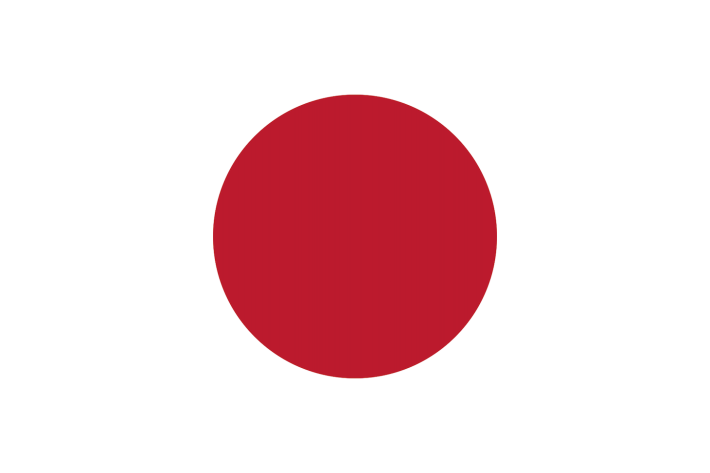
Fantastic flag.
Good Anthem Or Bad Anthem?
Just about the least anthemic anthem imaginable. Which makes it bad, but also good?
Notable Moment In World Cup History
You probably remember Japan's heartbreaking loss to Belgium in the 2018 World Cup's round of 16, when the Samurai Blue gagged away a 2–0 lead to lose 3–2, thanks to a stoppage-time winner from Nacer Chadli. You might also remember that Japan only made it out of its group because it had fewer yellow cards than Senegal, the team with which Japan was otherwise level on points, goal difference, and head-to-head score. But what you might not remember is that Japan knew about its yellow card edge during the latter stages of its final group match against Poland, and that the Japanese decided to play keep-ball by wasting time with pointless passes deep in its own half so as to avoid conceding another goal or getting another card.
Because Japan lost that knockout match in excruciating fashion, it is tempting to feel bad for them. However, playing keep-ball to avoid getting carded instead of pushing for a GOAL and a WIN or even a DRAW is CLOWN SHIT, even if the rules incentivize it. So, as always, the soccer gods were just for smiting Japan.
How Can They Win The World Cup?
It's impossible to believe that Japan could actually win the World Cup this year. The team just hasn't shown anything to make you think lifting the trophy was a real possibility. However, beating a couple of the best 10-ish national teams in the world, and doing so handily at that, would be pretty good evidence that Japan is in fact capable of winning it all. For that reason, I believe that Japan can win the World Cup should it first beat both Spain and Germany in the group stage by a combined score of 7–0.
